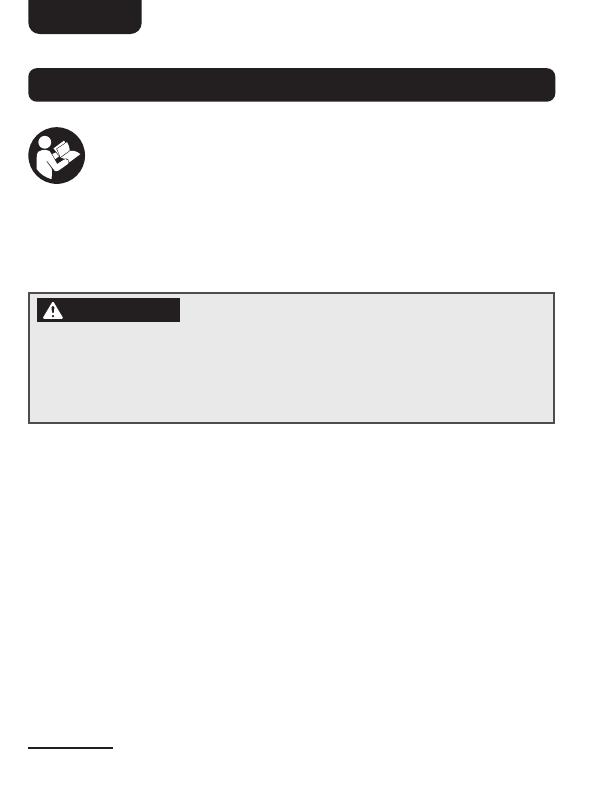
FR
14
1. MESURES DE SÉCURITÉ IMPORTANTES
Veuillez lire attentivement les présentes instructions et les
conserverandepouvoirvousyréférerultérieurement.
En cas de cession de cet outil à un tiers, le présent manuel
d’utilisation doit également lui être remis�
Lors de l’utilisation de l’outil, vous devez toujours prendre des
mesuresdesécuritédebaseanderéduiretoutrisquede
blessures,parmilesquelles:
ATTENTION Risque de coupures !
»Certains éléments de cet outil sont extrêmement coupants�
Il convient d'être prudent à tout moment lors de leur
manipulation� Pour prévenir tout risque de blessure, l'outil doit
toujours être tenu à deux mains�
»Cetoutiln’estpasunjouet.Lesenfantsdoiventtoujoursêtre
surveillés par un adulte lorsqu'ils utilisent l'outil�
»Faites preuve de vigilance et de discernement lorsque vous
utilisez cet outil� N'utilisez pas cet outil si vos capacités sont
aectéesdequelquemanièrequecesoitpardesmédicaments,
del'alcool,desdroguesouparlafatigue.
»Habillez-vousdemanièreappropriéeetretireztousvosbijoux,
attachez les vêtements amples et les cheveux longs avant
d'utiliser cet outil�
»Il existe un risque de projection d'éclats et de dégagement
depoussièreslorsdutravaildubois.Portezleséquipements
de protection appropriés (comme des gants de manutention,
unmasqueantipoussière,deslunettesdeprotection,etc.).
























